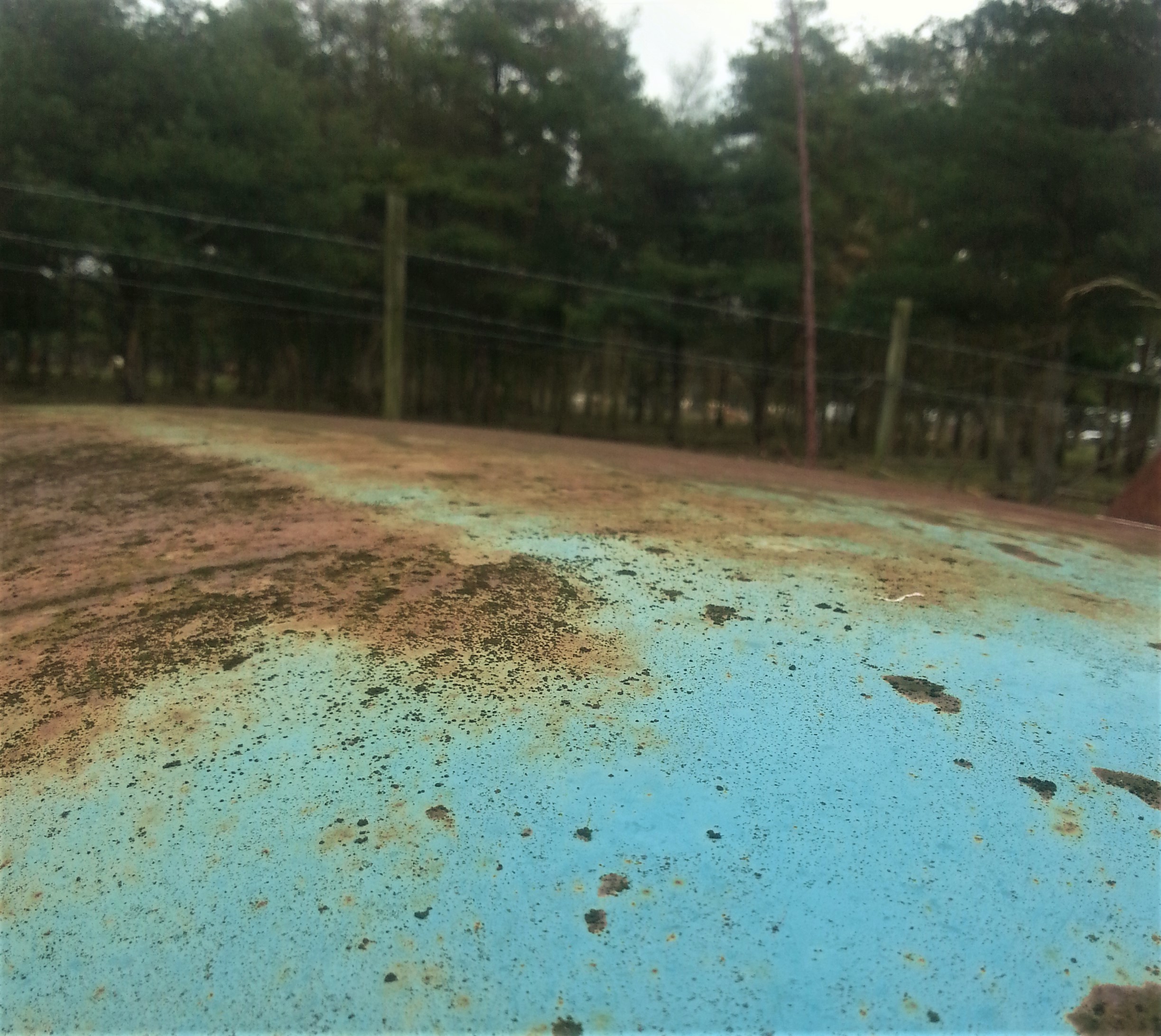
Join us for the EASCLE Webinar on ‘Toxic Embodiment’ – for more info click HERE.
Webinar: ‘Toxic Embodiment’
By Prof. Cecilia Åsberg and Dr. Marietta Radomska
Sat, Aug 25th, 10:30-12:00 CEST.
Existential concerns around environmental health today involve a much wider set of issues (and a wider set of bodies) as we intra-act with antibiotics, nanoparticles, and untested chemical cocktails through the food we eat, the make-up we wear, the new sofas we sit on, or the environments we dwell in. We are more acutely aware today of how we are in nature, and nature – polluted as it may be – in us. With the recognition of the ecological crisis and its gravity, we have – according to some scientific experts – entered a new geological period: the Anthropocene, in which it is the human who constitutes the biggest threat to the survival of the earth and its human as well as more-than-human inhabitants.
Through the proliferation of plastics and chemical pollution more generally, petrochemicals constitute in effect forms of social, material, and biological writing of toxic embodiment. This makes toxic embodiment an urgent concern for environmental humanities and for environmental literacies at large.
Advancements in genetic engineering, the chemicalization of food production, and the rapid growth of the pharmaceutical industry have made human, animal, and plant embodiments simultaneously enhanced and debilitated. They become ‘toxic bodies’, ‘pharmaceutical subjects’, and they leave a toxic footprint in the world.
By approaching the theme of ‘toxic embodiment’ from a broad and transdisciplinary perspective (eco-cultural studies; body and gender studies; medicine and life sciences; posthumanities; science, technology, and society; and, especially, the environmental humanities), this webinar will explore the risks and the opportunities that these changes may bring.
More specifically, the session will engage with the topic of toxic embodiment as our always-already environed technobodies, and how they/we are shaped by health norms and toxic realities that put into question the notions of health and disease, vulnerability and well-being, as well as life/death, and the dis/ability of the ‘natural’ human body. Here, the ‘human’ emerges as a set of toxic embodiments – ones that are radically tethered to, or shaped by, their milieus, including their more-than-human companions (synthetic molecules, microbes, fungi, plants, and animals), and the ways they/we all come together.
Inspirational questions:
- How do questions of toxicity and its impact on both human and nonhuman bodies influence environmental discourses? How do they influence the articulation of environmental problems? What kind of imaginaries do they mobilise and what futures do they seek to envision?
- What conceptualisations of the body emerge from the present narratives on toxicity? What are the understandings of the subject that are (re)produced through these narratives?
- Environmental discourses that engage with the issues of toxicity often put emphasis on the ideas of the natural and the anthropogenic, the normal and the abnormal, as well as health and illness. How are these notions understood in the context of the webinar readings? Are they reworked or abandoned? What does the enquiry of toxic embodiment do to their conventional understandings?
- What new approaches, methodologies, and methods does the work on toxic embodiment offer?
Primary literature:
Ah-King, Malin and Eva Hayward. 2013. ‘Toxic Sexes: Perverting Pollution and Queering Hormone Disruption’. O-zone: A journal of object-oriented studies 1: 1-12. Available at: https://www.academia.edu/6368781/Toxic_sexes_Perverting_pollution_and_queering_hormone_disruption
Alaimo, Stacy. 2016. ‘Conclusion’ in Exposed. Minneapolis: Minnesota University Press. Available at: https://dearchivecollaboration.files.wordpress.com/2016/02/alaimo-from-exposed.pdf
Chen, Mel Y. 2011. ‘Toxic Animacies. Inanimate Affections’. GLQ 17(2-3): 265-286. Available at: https://doi.org/10.1215/10642684-1163400
Davis, Heather. 2015. ‘Toxic Progeny: The Plastisphere and Other Queer Futures.’ philoSOPHIA 5 (2): 231-250. Available at: http://heathermdavis.com/wp-content/uploads/2016/01/Philosophia_Davis.pdf
Additional readings:
Zahara, Alexander R.D. and Myra Hird. 2015. ‘Raven, Dog, Human: Inhuman Colonialism and Unsettling Cosmologies’. Environmental Humanities 7: 169-190. Available at: http://environmentalhumanities.org/arch/vol7/7.9.pdf
Giovanna DiChiro (2010) ‘Polluted Politics? Confronting Toxic Discourse, Sex Panic, and Eco-Normativity’ in Queer Ecologies, eds. C. Sandilands & B. Erickson. Bloomington: Indiana University Press: 199-230.
Haraway, Donna. 2016. ‘Awash in Urine: DES and Premarin in Multispecies Response-ability’ in Staying with the Trouble. Durham: Duke University Press: 104-116.